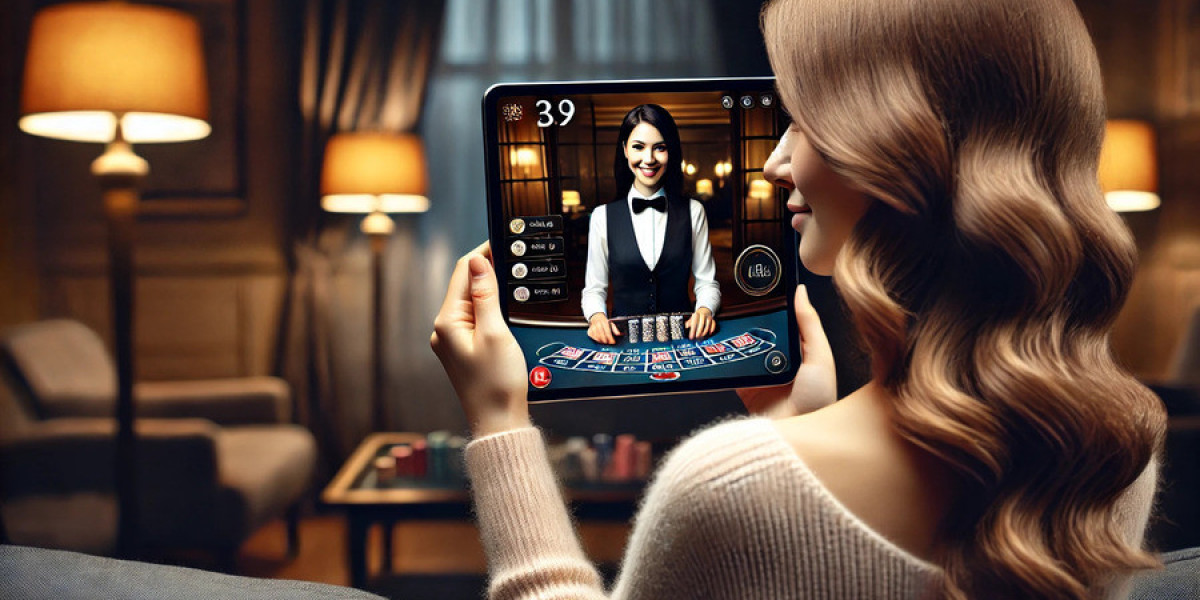In recent years, the landscape of remotely operated devices has evolved dramatically, particularly in the medical equipment sector. These devices are not only enhancing patient care but also revolutionizing how healthcare professionals interact with technology. This article delves into the trends and innovations that are shaping the future of remotely operated devices.

Understanding Remotely Operated Devices
What exactly are remotely operated devices? These are tools or systems that can be controlled from a distance, often utilizing advanced technologies such as robotics, artificial intelligence, and telecommunication. In the medical field, they are used for various applications, including surgery, diagnostics, and patient monitoring.
Key Trends in Remotely Operated Devices
- Telemedicine Integration: The rise of telemedicine has significantly influenced the development of remotely operated devices. Healthcare providers can now monitor patients' health metrics in real-time, leading to timely interventions.
- Robotic Surgery: Robotic systems allow surgeons to perform complex procedures with precision from a remote location. This technology minimizes patient recovery time and enhances surgical outcomes.
- Wearable Technology: Devices such as smartwatches and fitness trackers are becoming integral to health monitoring. They collect data that can be analyzed remotely, providing valuable insights into a patient’s health.
- AI and Machine Learning: The incorporation of AI in remotely operated devices enables predictive analytics, improving decision-making processes in patient care.
Innovations Driving the Industry Forward
As we look to the future, several innovations are set to redefine the capabilities of remotely operated devices. For instance, advancements in robotics are leading to the development of more sophisticated surgical robots that can perform intricate procedures with minimal human intervention. Additionally, the integration of 5G technology is enhancing the speed and reliability of data transmission, which is crucial for real-time monitoring and remote surgeries.
The Role of Regulatory Standards
As the demand for remotely operated devices grows, so does the need for stringent regulatory standards. Regulatory bodies are working to ensure that these devices meet safety and efficacy requirements. This is essential not only for patient safety but also for fostering trust in these innovative technologies.
Challenges and Considerations
Despite the promising future, the industry faces challenges. Issues such as cybersecurity threats, data privacy concerns, and the need for continuous training for healthcare professionals must be addressed. How can stakeholders mitigate these risks? By investing in robust security measures and ongoing education, the industry can ensure the safe deployment of remotely operated devices.
In conclusion, the future of remotely operated devices is bright, with numerous trends and innovations paving the way for improved healthcare delivery. As these technologies continue to evolve, they will undoubtedly play a pivotal role in enhancing patient outcomes and transforming the medical landscape.
For those interested in exploring advanced medical technologies, consider checking out that utilize cutting-edge remotely operated devices.







